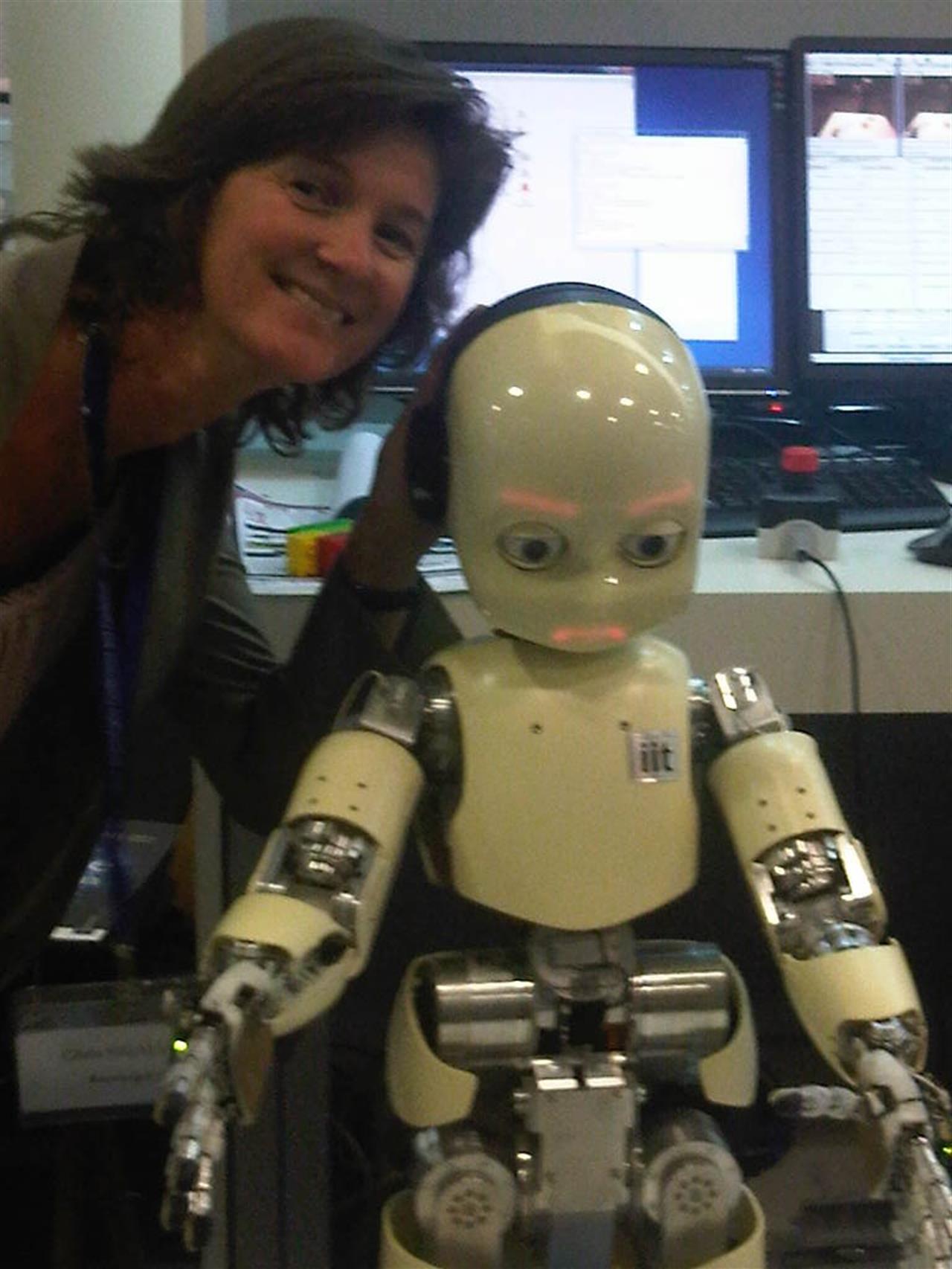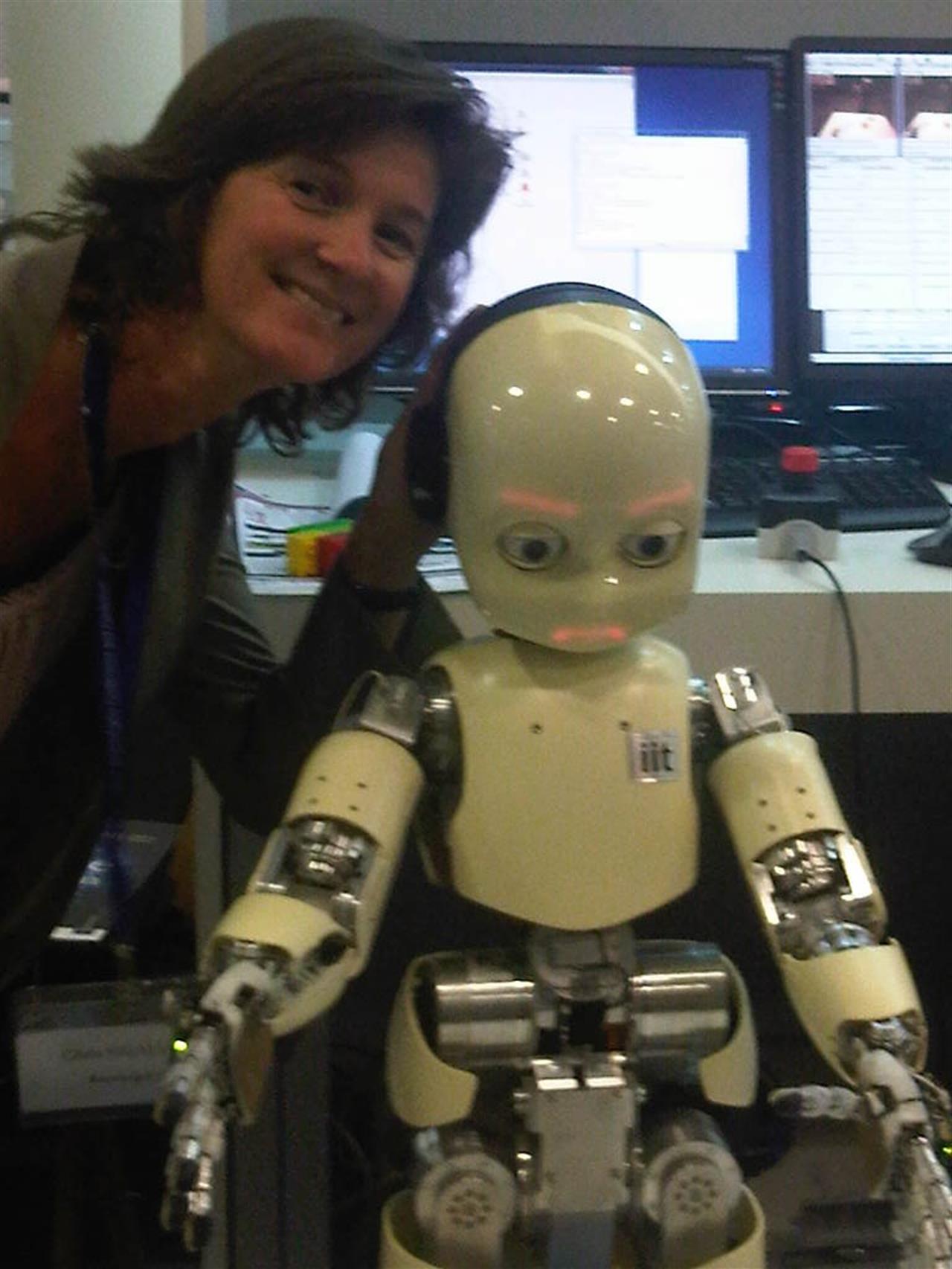
Hi Chris,
I was very excited to attend the 11th European fair of Future and Emerging Technology but it ended up differently from what expected.
There were robots of any shape: octopus, mice, heels, bees. They looked like toys. As you said: “What shall we do with these robots?”
I’ve never been fascinated by technology as the other kids. My passion has always been history and its ruins. But recently I’ve got into innovation and the encounter with new technology was just a question of time.
Fantasising about FET 11 I was expecting to jump into the future: how our life will be transformed being plunged into a high tech environment. But I found myself in a Disneyland for geeks.
Since 2007 the European Union has spent almost €400m in new technologies and plans to spend €100m every year for the next 10 years. It has also fixed a 3% target of GDP of Member States’ investments in R&D.
In times of public spending cuts and humanitarian crisis in the Mediterranean, I wonder if any % makes any sense unless we are able to explain the purpose.
This doesn’t want to be easy demagogy but a critical analysis of innovation society – our society which holds innovation as a deity. I’m excited by innovation as a new world I’ve just discovered. At the same time I don’t understand the innovation industry eating billions just to feed consumerism.
At a workshop on innovation, sustainability and ICT organised at FET, King David – who has only recently mixed innovation with the social – called on civil society to engage in innovation and redirect it to serve society.
You and I will give a hand to our friends the scientists.
Nessuno ti regala niente, noi sì
Hai letto questo articolo liberamente, senza essere bloccato dopo le prime righe. Ti è piaciuto? L’hai trovato interessante e utile? Gli articoli online di VITA sono in larga parte accessibili gratuitamente. Ci teniamo sia così per sempre, perché l’informazione è un diritto di tutti. E possiamo farlo grazie al supporto di chi si abbona.

